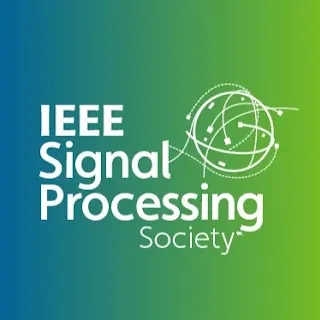Distinct Feature Extraction for Video-Based Gait Phase Classification
Recent advances in image acquisition and analysis have resulted in disruptive innovation in physical rehabilitation systems facilitating cost-effective, portable, video-based gait assessment. While these inexpensive motion capture systems, suitable for home rehabilitation, do not generally provide accurate kinematics measurements on their own, image processing algorithms ensure gait analysis that is accurate enough for rehabilitation programs.
